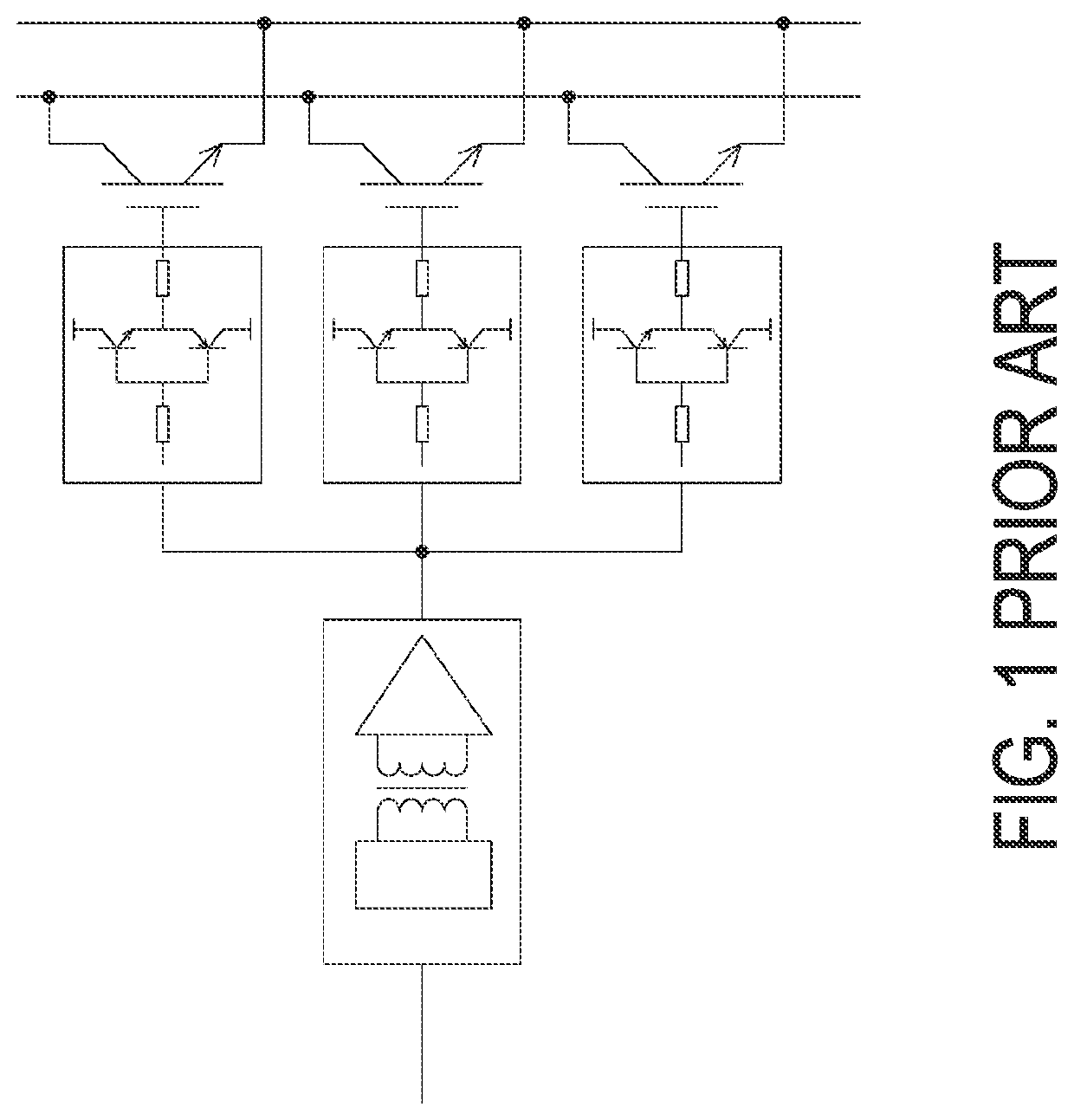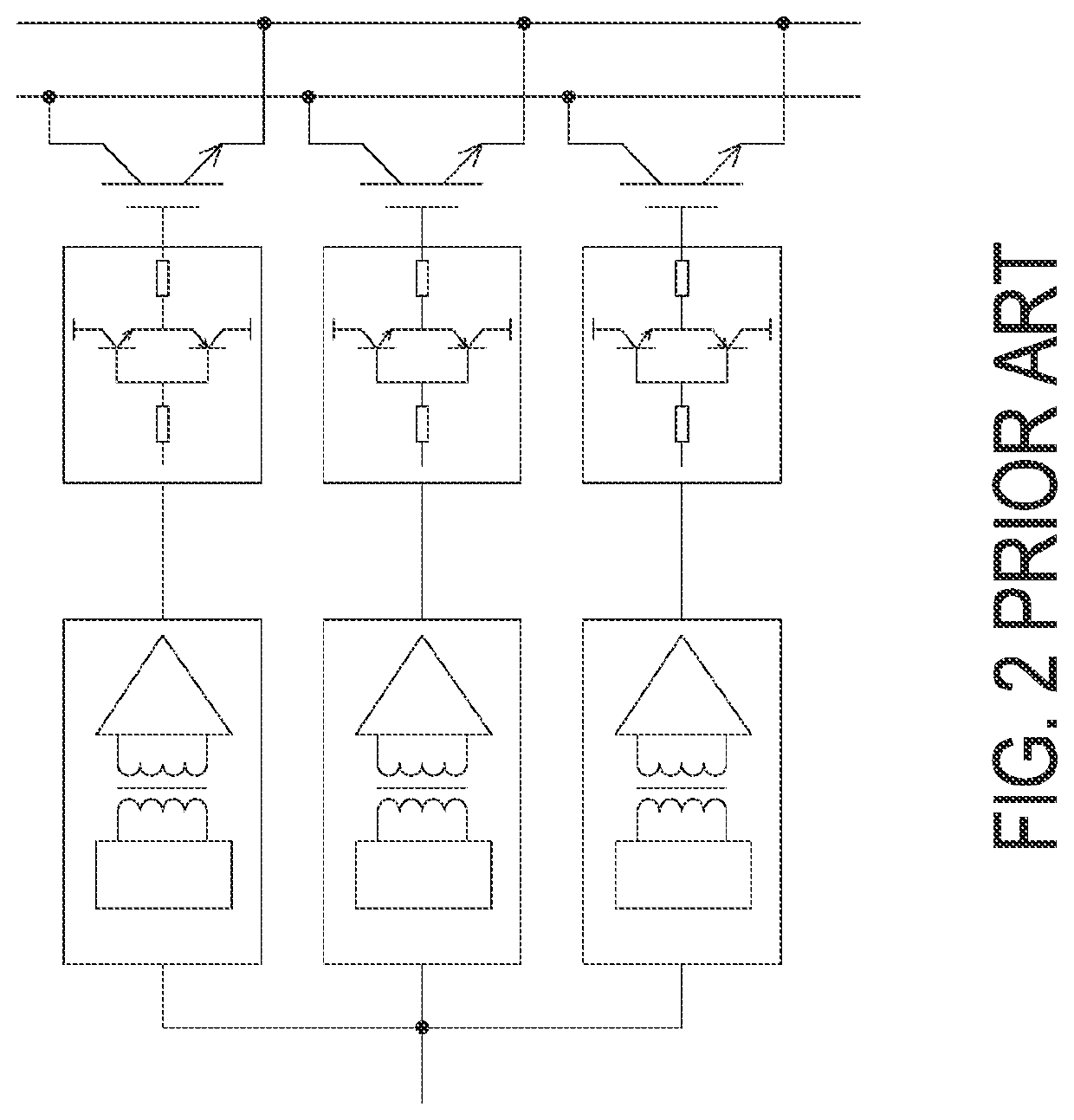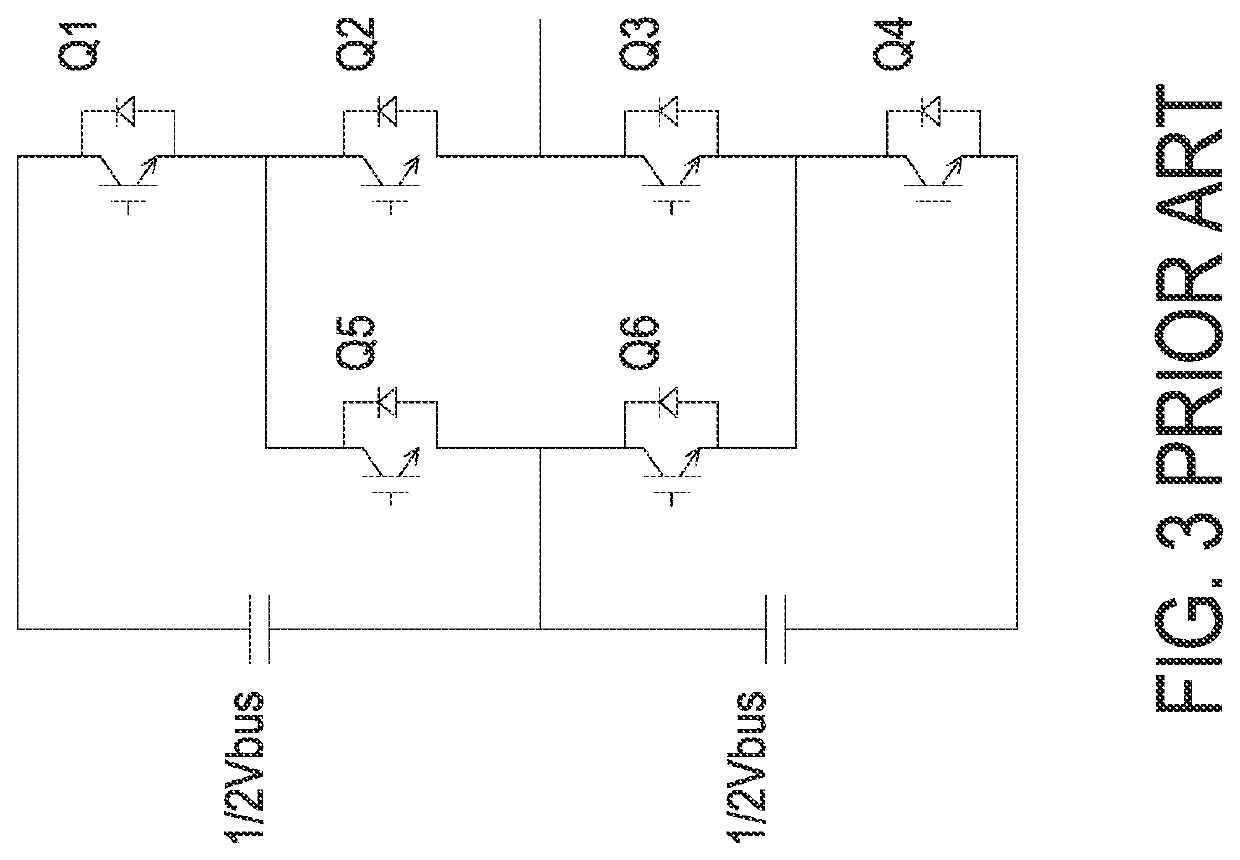System for driving power devices
- Summary
- Abstract
- Description
- Claims
- Application Information
AI Technical Summary
Benefits of technology
Problems solved by technology
Method used
Image
Examples
Embodiment Construction
[0027]The present disclosure will now be described more specifically with reference to the following embodiments. It is to be noted that the following descriptions of preferred embodiments of this disclosure are presented herein for purpose of illustration and description only. It is not intended to be exhaustive or to be limited to the precise form disclosed.
[0028]FIG. 5A is a schematic perspective view illustrating a system for driving power devices according to an embodiment of the present disclosure, FIG. 5B is a schematic perspective view illustrating the system for driving power devices of FIG. 5A from another viewpoint, and FIG. 5C schematically shows a top view of the system for driving power devices of FIG. 5A. As shown in FIG. 5A, FIG. 5B and FIG. 5C, the system for driving power devices includes a heat dissipation plate 1, a plurality of semiconductor modules 2, a plurality of gate plates 3, a control board 4, a bridge module 5, and a terminal module 6. The plurality of s...
PUM
 Login to View More
Login to View More Abstract
Description
Claims
Application Information
 Login to View More
Login to View More - R&D
- Intellectual Property
- Life Sciences
- Materials
- Tech Scout
- Unparalleled Data Quality
- Higher Quality Content
- 60% Fewer Hallucinations
Browse by: Latest US Patents, China's latest patents, Technical Efficacy Thesaurus, Application Domain, Technology Topic, Popular Technical Reports.
© 2025 PatSnap. All rights reserved.Legal|Privacy policy|Modern Slavery Act Transparency Statement|Sitemap|About US| Contact US: help@patsnap.com



